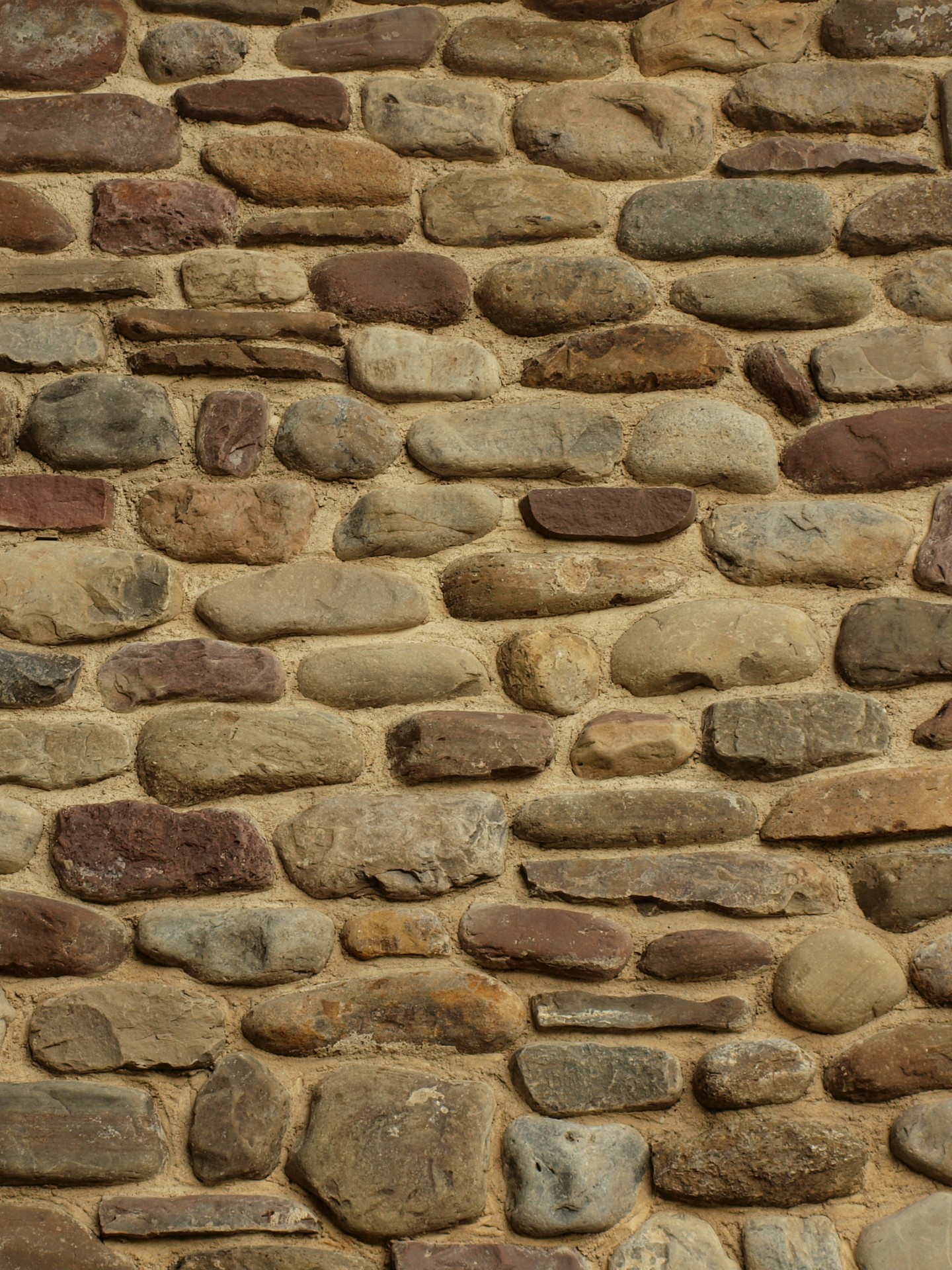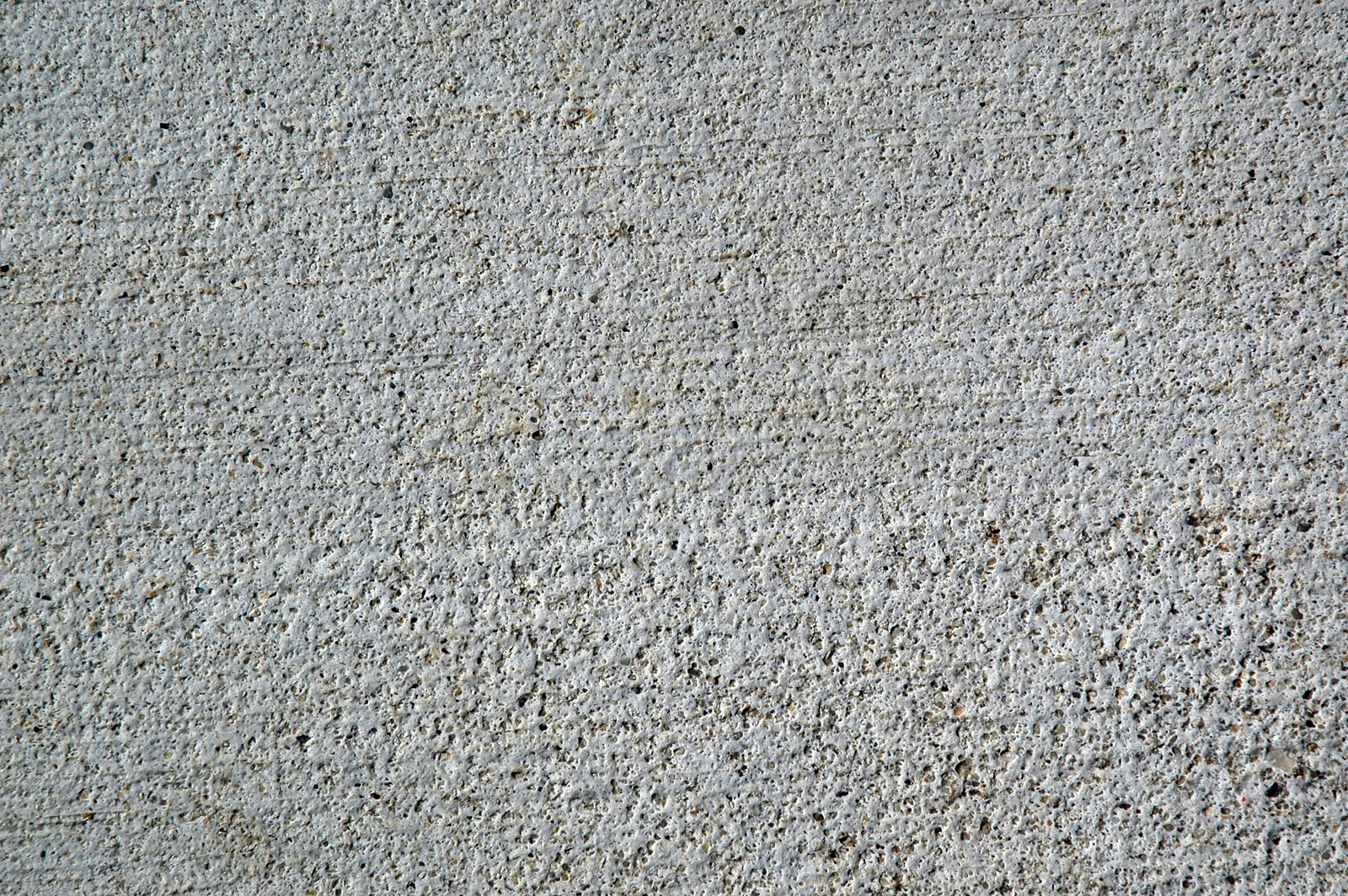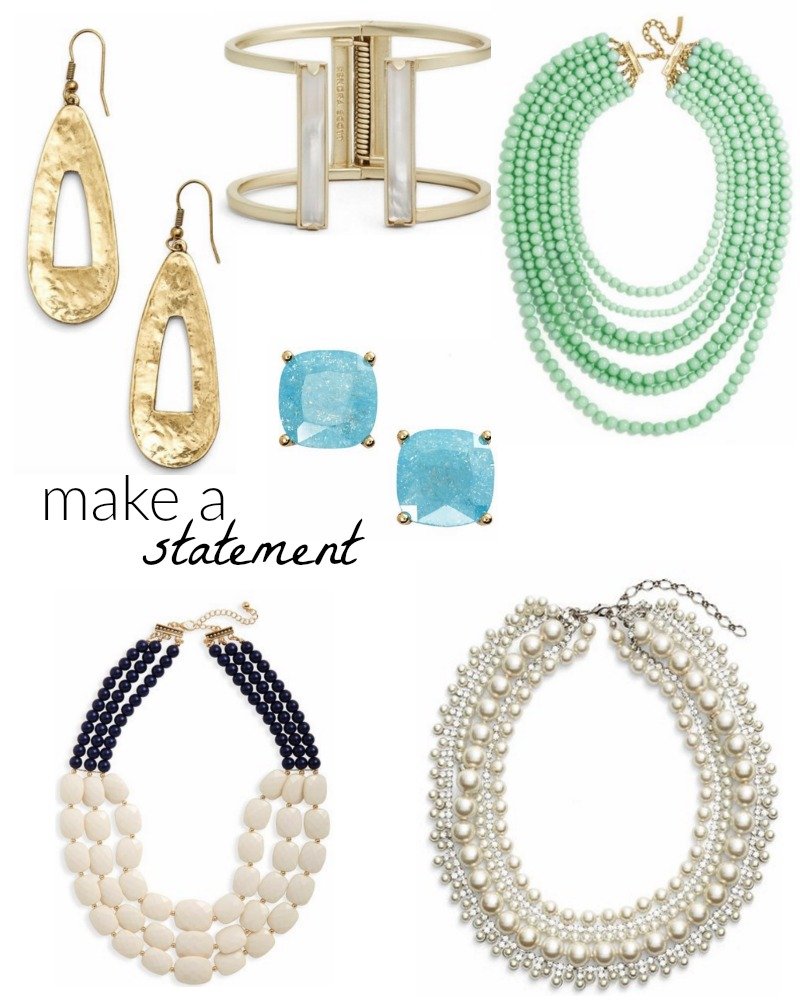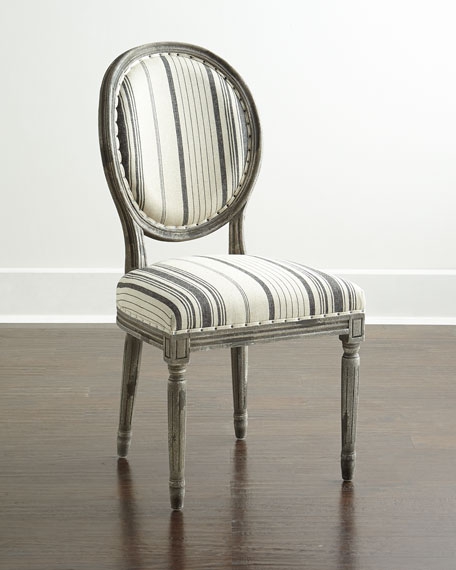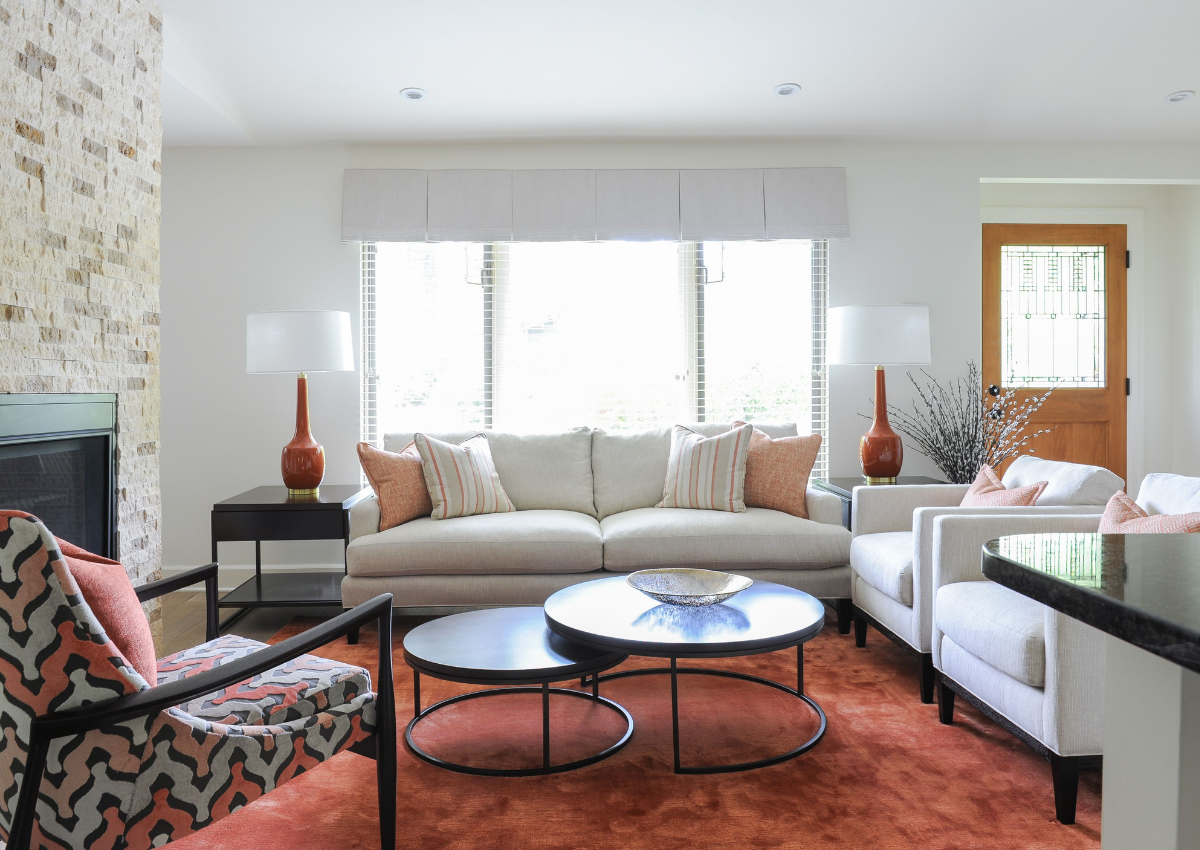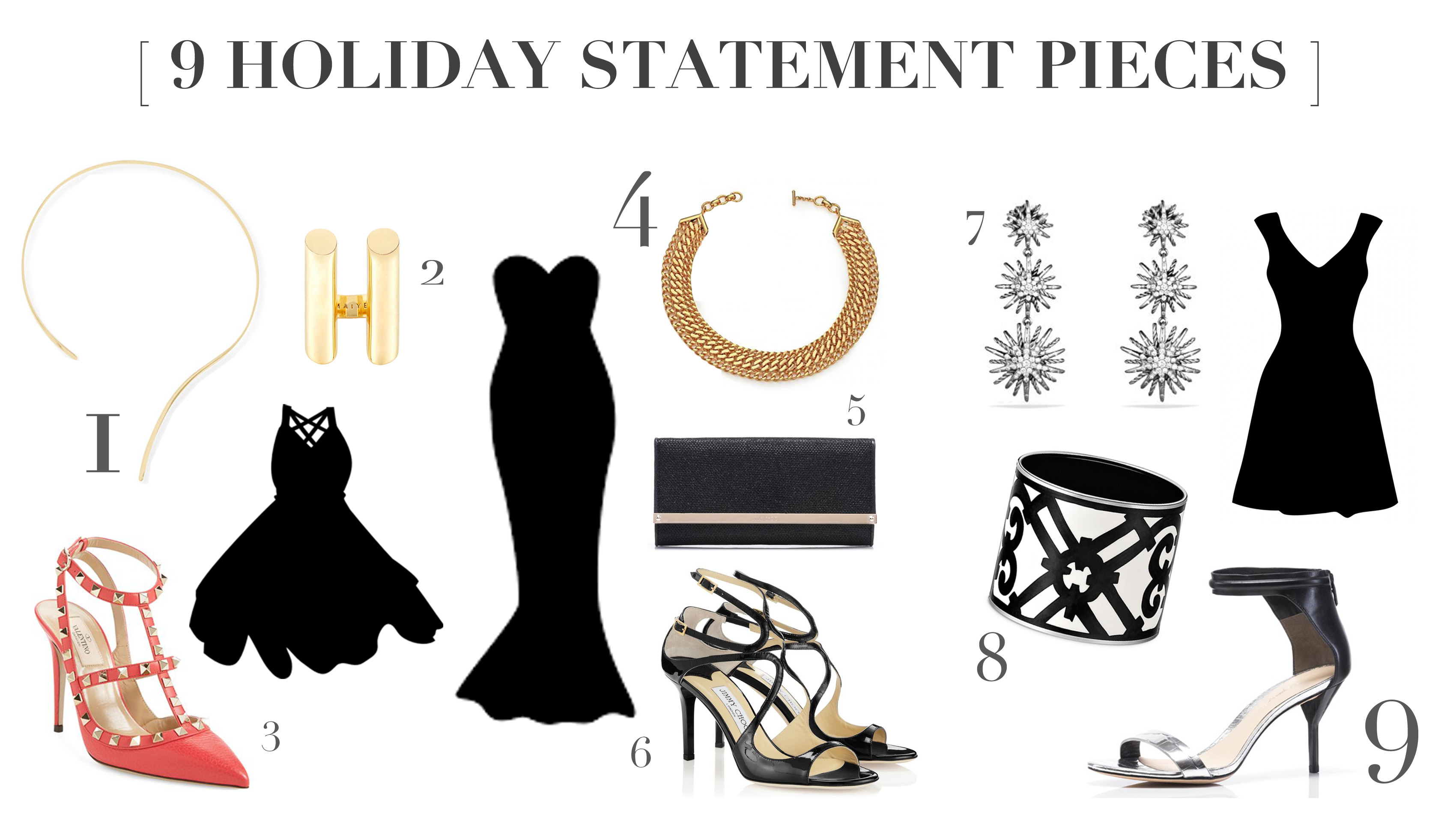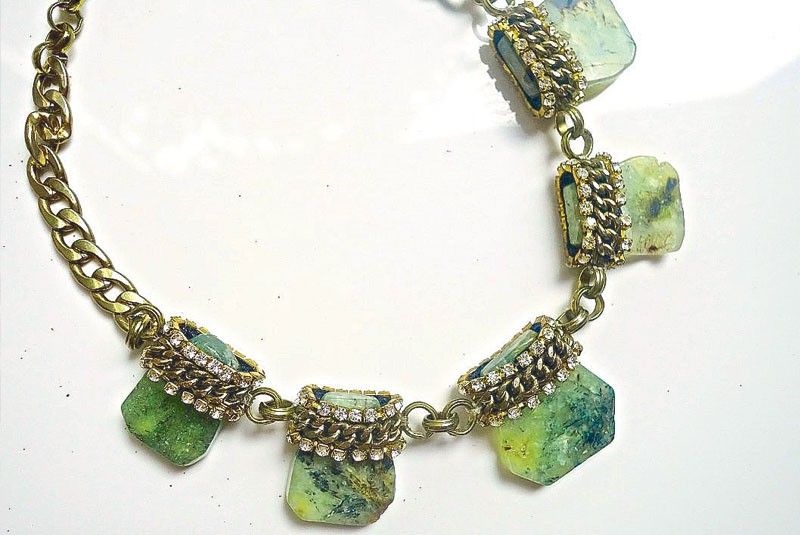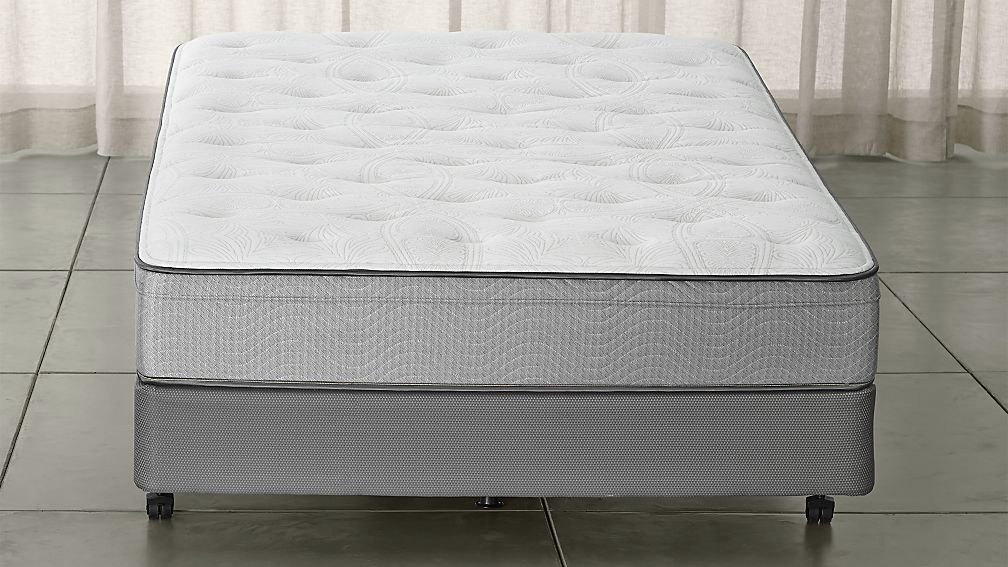Wooden furniture is a timeless addition to any living room. It adds warmth, character, and a touch of nature to the space. The key to mixing wood colors in your living room is to choose pieces that complement each other, rather than trying to match everything perfectly. This will create a more eclectic and interesting look in your space.1. Wooden Furniture: Adding Warmth and Character
The furniture in your living room sets the tone for the entire space. When mixing wood colors, consider the overall style and theme of your decor. If you have a more traditional or rustic style, opt for darker woods such as mahogany or cherry. For a more modern or minimalist look, lighter woods like oak or birch can add a touch of simplicity and elegance.2. Living Room Decor: Setting the Tone
When mixing wood colors in your living room, it's important to have a cohesive color scheme. Choose a dominant wood color as your base and then add complementary tones to balance it out. For example, if you have a dark wood coffee table, add lighter wood accents in the form of side tables or shelves.3. Color Scheme: Finding the Balance
If you want to make a statement with your wood furniture, try mixing contrasting tones. Pair a dark wood dining table with lighter wood chairs or vice versa. This will add depth and interest to your living room and create a bold and unique look.4. Contrasting Tones: Creating a Bold Look
If you prefer a more neutral and timeless look, consider sticking to a neutral wood palette. This can include shades of beige, gray, and white. Mixing different neutral tones will create a cohesive and sophisticated look in your living room.5. Neutral Palette: A Timeless Classic
Mixing wood colors in your living room allows you to create a personalized and unique space. Don't be afraid to mix and match different wood tones and styles. You can mix a modern wood coffee table with a vintage wood sideboard for a one-of-a-kind look.6. Mix and Match: Creating a Personalized Space
While mixing wood colors, don't forget to add a pop of color to your living room. This can be done through accent pieces such as pillows, rugs, or artwork. Choose colors that complement the wood tones in your space and add a touch of personality.7. Accent Pieces: Adding a Pop of Color
Incorporating natural elements into your living room can add a sense of tranquility and relaxation. Mixing wood colors can achieve this by bringing the outdoors into your space. Consider adding plants or using natural wood finishes to create a calming and earthy atmosphere.8. Natural Elements: Bringing the Outdoors In
Mixing wood colors not only adds visual interest but also creates texture in your living room. Play with different wood grains and finishes to add dimension to your space. This can be done through furniture, flooring, or even a statement wall made of different wood panels.9. Texture: Adding Dimension
Lastly, when mixing wood colors, don't be afraid to incorporate statement pieces. These can be larger pieces of furniture with unique wood tones or pieces with intricate designs. These statement pieces will become the focal point of your living room and add a touch of personality to your space.10. Statement Pieces: Making a Focal Point
Mixing Wood Colours in the Living Room: A Guide to Creating a Beautiful and Cozy Space

Why Mixing Wood Colours is a Great Design Choice
 When it comes to designing a living room, the options are endless. From furniture to decor, there are countless ways to make your space unique and inviting. One design trend that has gained popularity in recent years is mixing wood colours. This involves incorporating different shades and types of wood into your living room to create a warm and layered look.
When it comes to designing a living room, the options are endless. From furniture to decor, there are countless ways to make your space unique and inviting. One design trend that has gained popularity in recent years is mixing wood colours. This involves incorporating different shades and types of wood into your living room to create a warm and layered look.
How to Successfully Mix Wood Colours in Your Living Room
:max_bytes(150000):strip_icc()/ScreenShot2021-02-01at5.58.28PM-a5510c89b43d40b7b8b7c28d0734a209.png) The key to successfully mixing wood colours in your living room is to choose a cohesive colour scheme and stick to it. This means selecting a dominant wood colour and then incorporating complementary shades and textures. For example, if your dominant wood colour is a rich, dark mahogany, you can pair it with lighter oak accents or even add a touch of rustic reclaimed wood for added texture.
Another important factor to consider is the scale of your wood pieces. Mixing different sizes and shapes of wood can add visual interest and balance to your living room. For example, if you have a large, chunky wooden coffee table, you can balance it out with smaller wooden side tables or a thin wooden console table.
The key to successfully mixing wood colours in your living room is to choose a cohesive colour scheme and stick to it. This means selecting a dominant wood colour and then incorporating complementary shades and textures. For example, if your dominant wood colour is a rich, dark mahogany, you can pair it with lighter oak accents or even add a touch of rustic reclaimed wood for added texture.
Another important factor to consider is the scale of your wood pieces. Mixing different sizes and shapes of wood can add visual interest and balance to your living room. For example, if you have a large, chunky wooden coffee table, you can balance it out with smaller wooden side tables or a thin wooden console table.
How to Avoid Clashing Wood Colours
 While mixing wood colours can add depth and character to your living room, it's important to avoid clashing colours that can make the space feel chaotic. One way to prevent this is by choosing wood pieces that have a similar undertone. For example, if you have a warm-toned wood flooring, it's best to stick with warm-toned wood furniture and decor.
You can also use non-wood elements, such as rugs and textiles, to tie different wood colours together. A patterned rug with a mix of wood tones can help blend different pieces together and create a cohesive look.
While mixing wood colours can add depth and character to your living room, it's important to avoid clashing colours that can make the space feel chaotic. One way to prevent this is by choosing wood pieces that have a similar undertone. For example, if you have a warm-toned wood flooring, it's best to stick with warm-toned wood furniture and decor.
You can also use non-wood elements, such as rugs and textiles, to tie different wood colours together. A patterned rug with a mix of wood tones can help blend different pieces together and create a cohesive look.
The Benefits of Mixing Wood Colours
 Aside from the aesthetic appeal, mixing wood colours in your living room has practical benefits as well. For one, it allows you to incorporate pieces that have sentimental value or unique character, even if they don't perfectly match your existing wood furniture. It also prevents your living room from looking too uniform and adds a touch of personality to the space.
In addition, mixing wood colours can save you money. Rather than having to purchase a complete matching set of furniture, you can mix and match pieces from different sources, such as thrift stores or family hand-me-downs, to create a unique and budget-friendly living room design.
In conclusion, mixing wood colours in your living room is a versatile and creative design choice that can add warmth, depth, and character to your space. With careful planning and attention to detail, you can create a beautiful and cozy living room that reflects your personal style and makes a statement. So go ahead and mix those wood colours – the possibilities are endless!
Aside from the aesthetic appeal, mixing wood colours in your living room has practical benefits as well. For one, it allows you to incorporate pieces that have sentimental value or unique character, even if they don't perfectly match your existing wood furniture. It also prevents your living room from looking too uniform and adds a touch of personality to the space.
In addition, mixing wood colours can save you money. Rather than having to purchase a complete matching set of furniture, you can mix and match pieces from different sources, such as thrift stores or family hand-me-downs, to create a unique and budget-friendly living room design.
In conclusion, mixing wood colours in your living room is a versatile and creative design choice that can add warmth, depth, and character to your space. With careful planning and attention to detail, you can create a beautiful and cozy living room that reflects your personal style and makes a statement. So go ahead and mix those wood colours – the possibilities are endless!

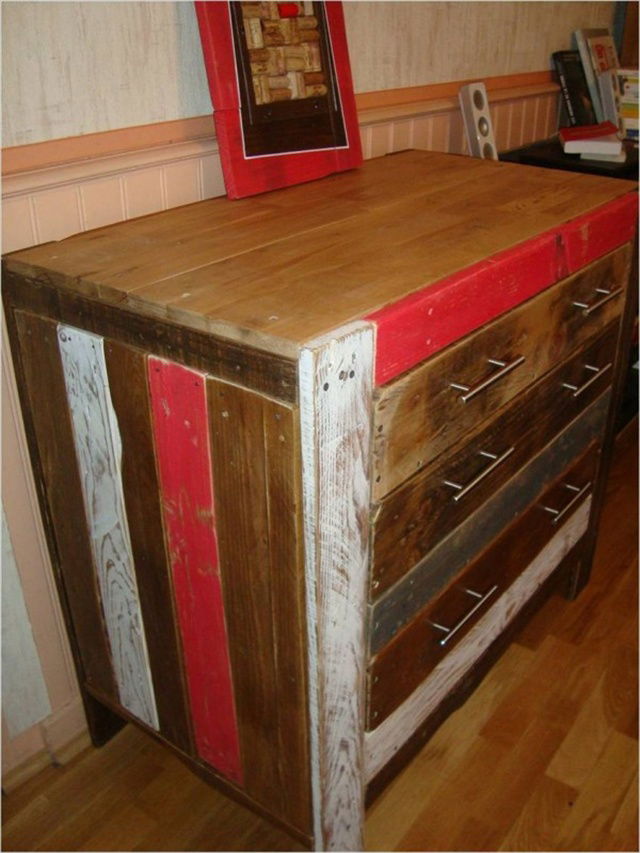
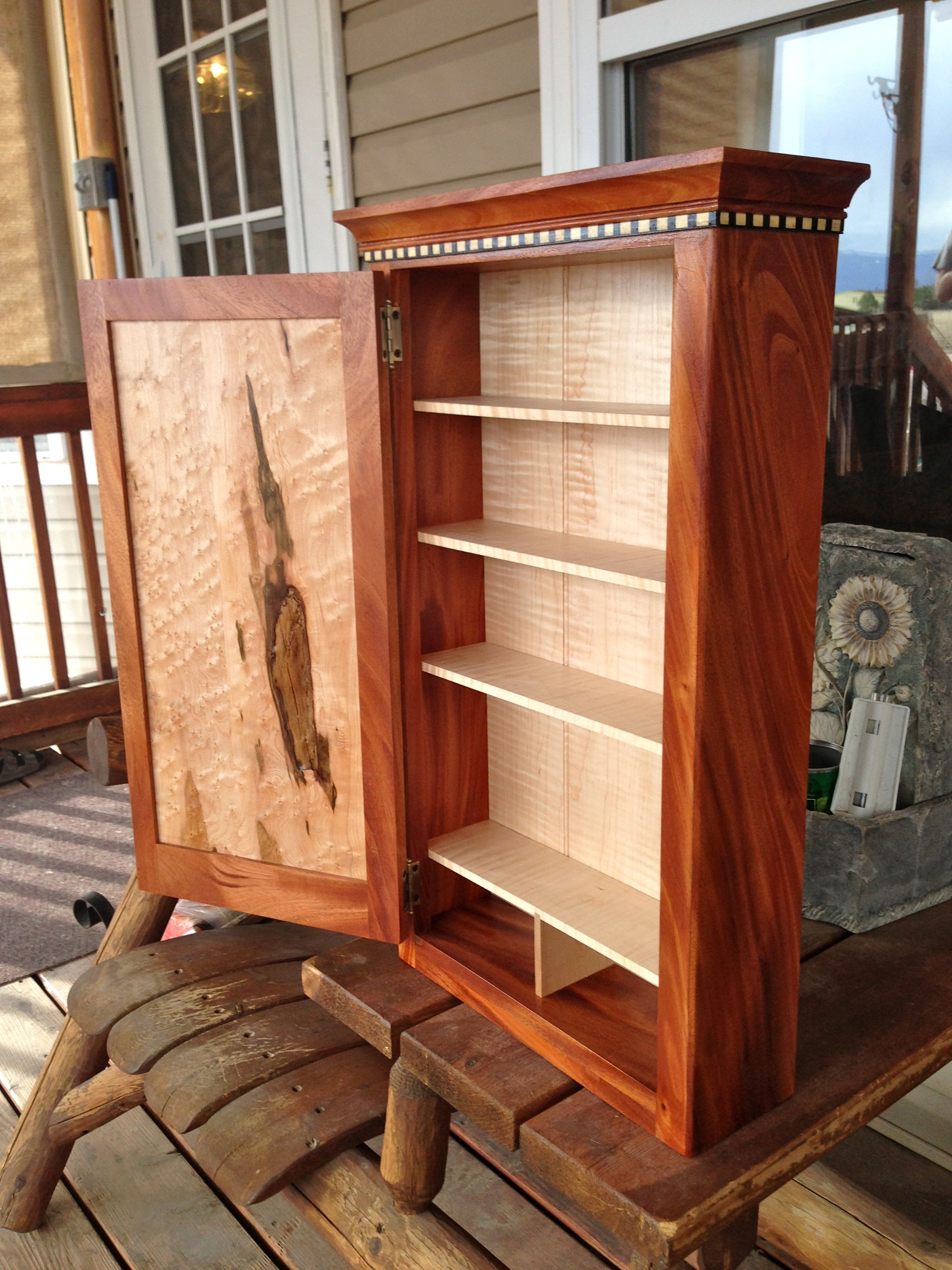
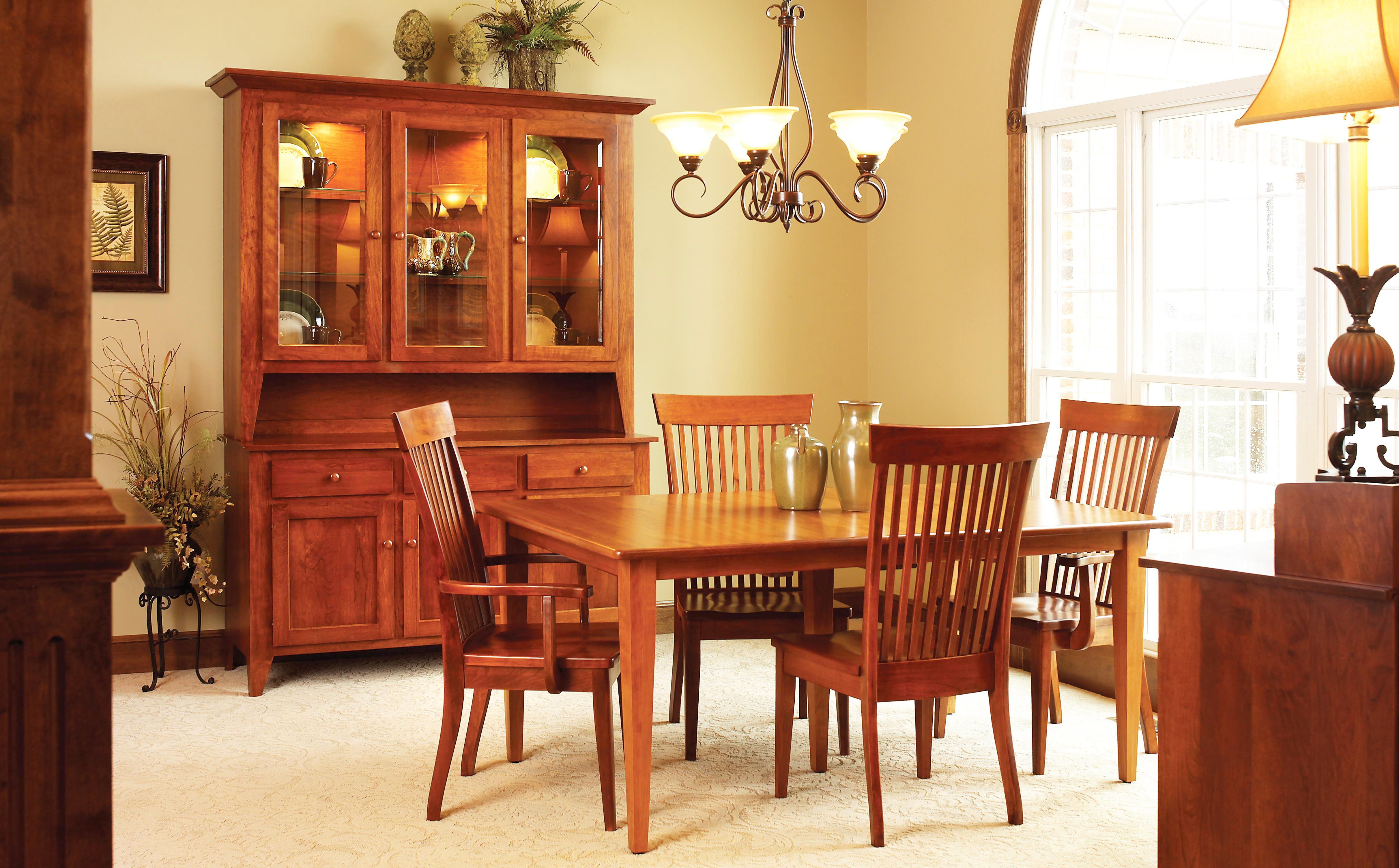

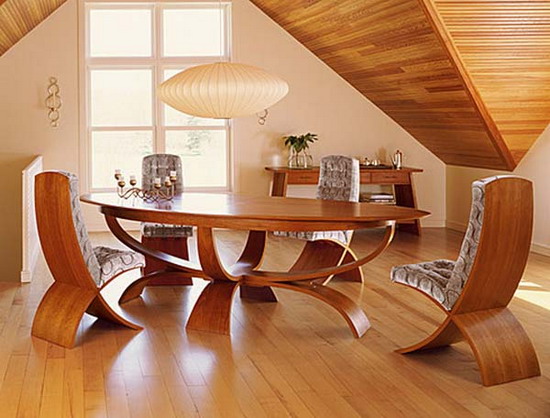
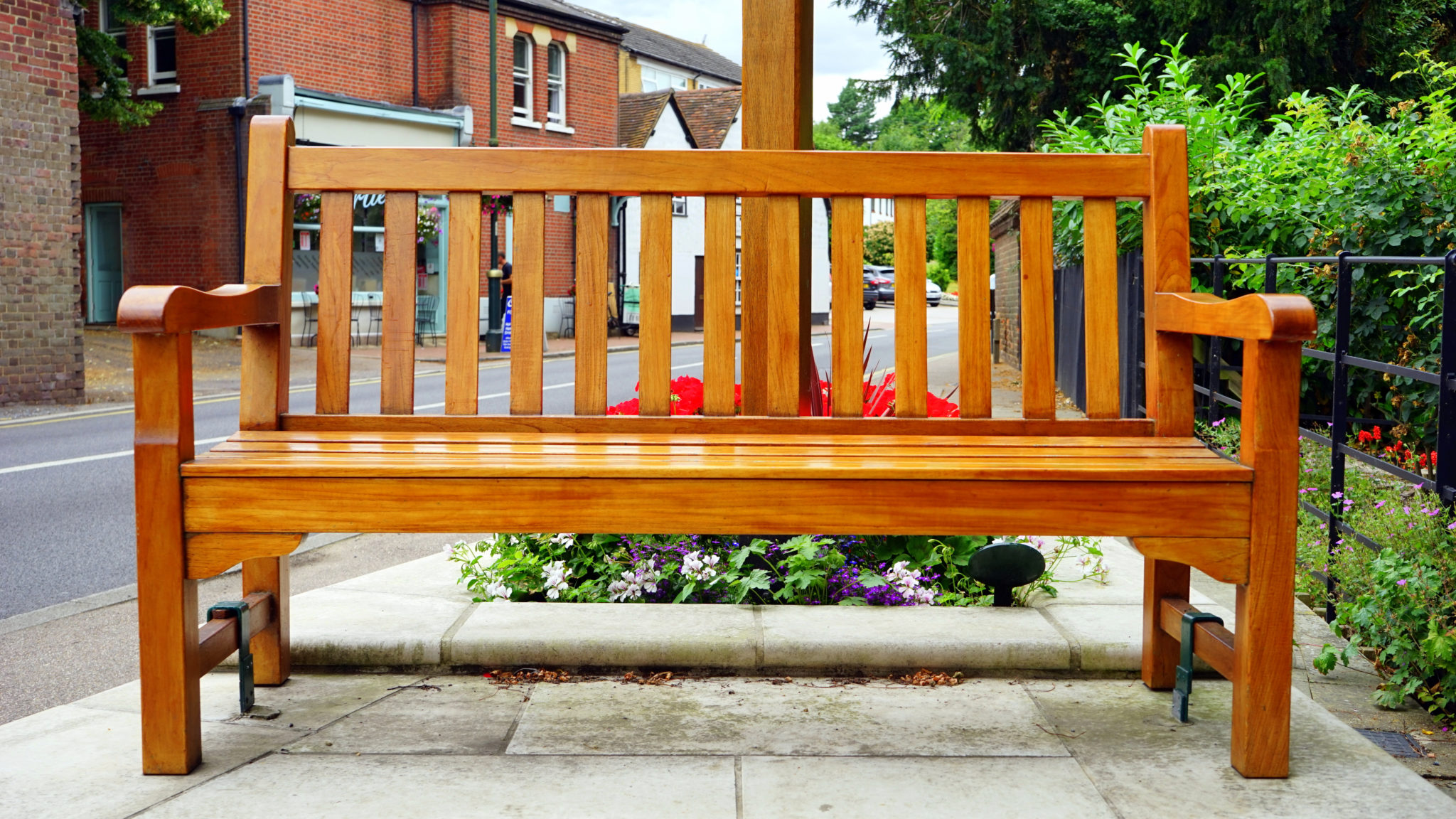
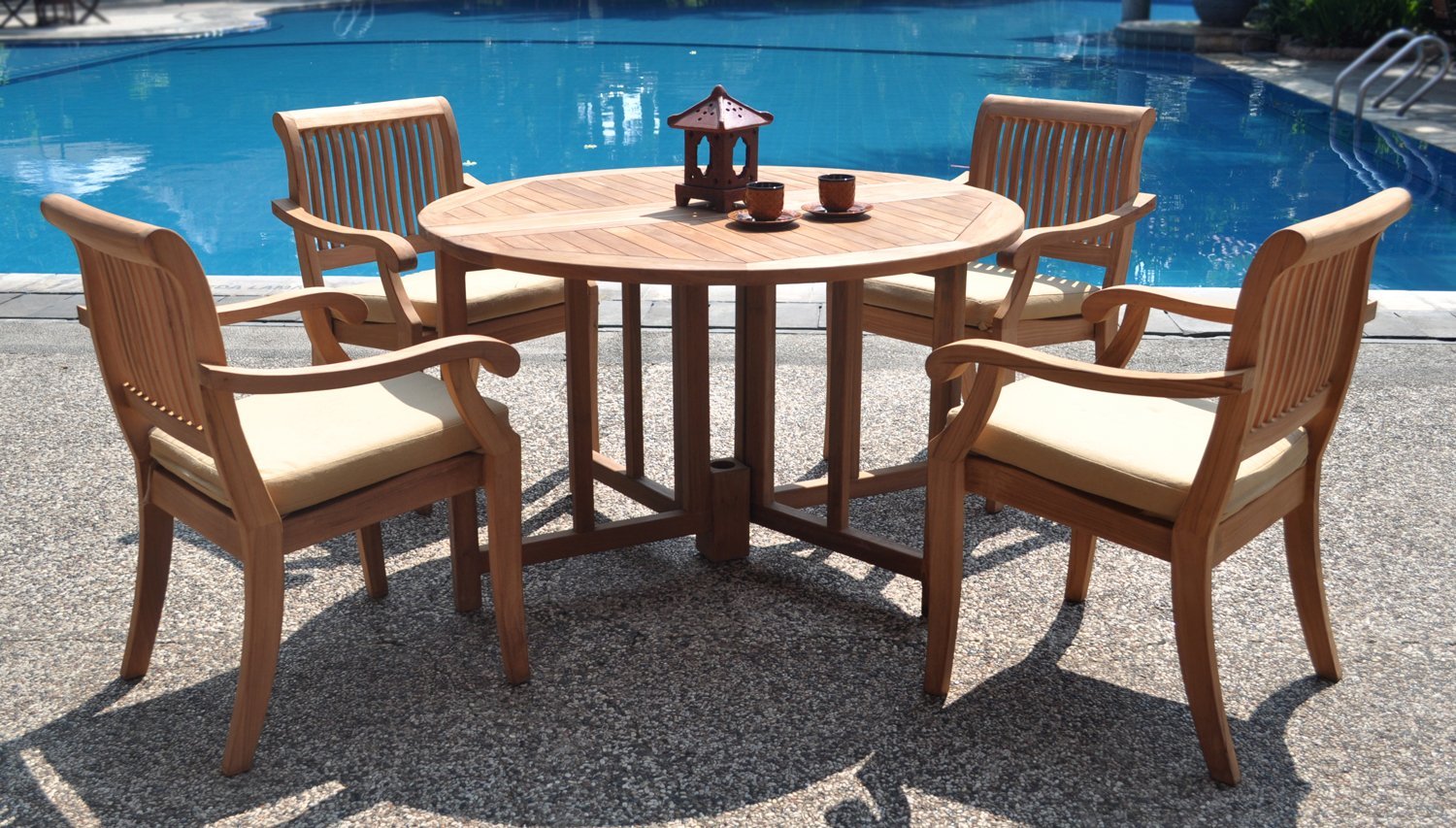



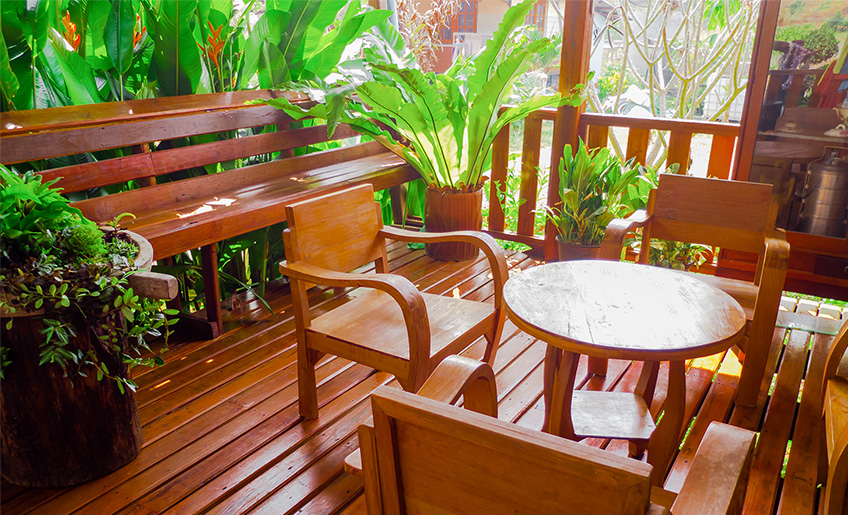

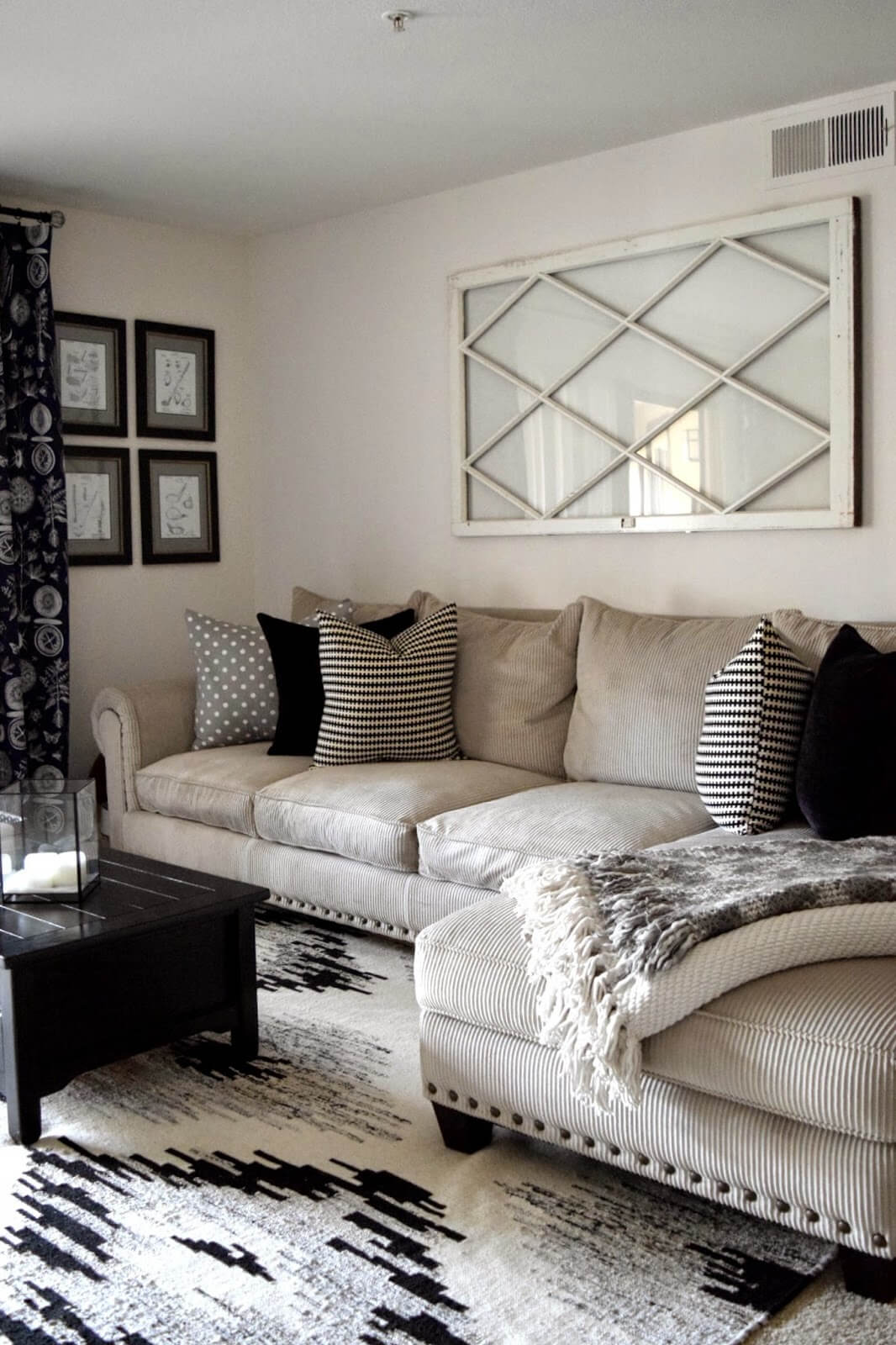

:max_bytes(150000):strip_icc()/Chuck-Schmidt-Getty-Images-56a5ae785f9b58b7d0ddfaf8.jpg)
/GettyImages-9261821821-5c69c1b7c9e77c0001675a49.jpg)




/modern-living-room-design-ideas-4126797-hero-a2fd3412abc640bc8108ee6c16bf71ce.jpg)

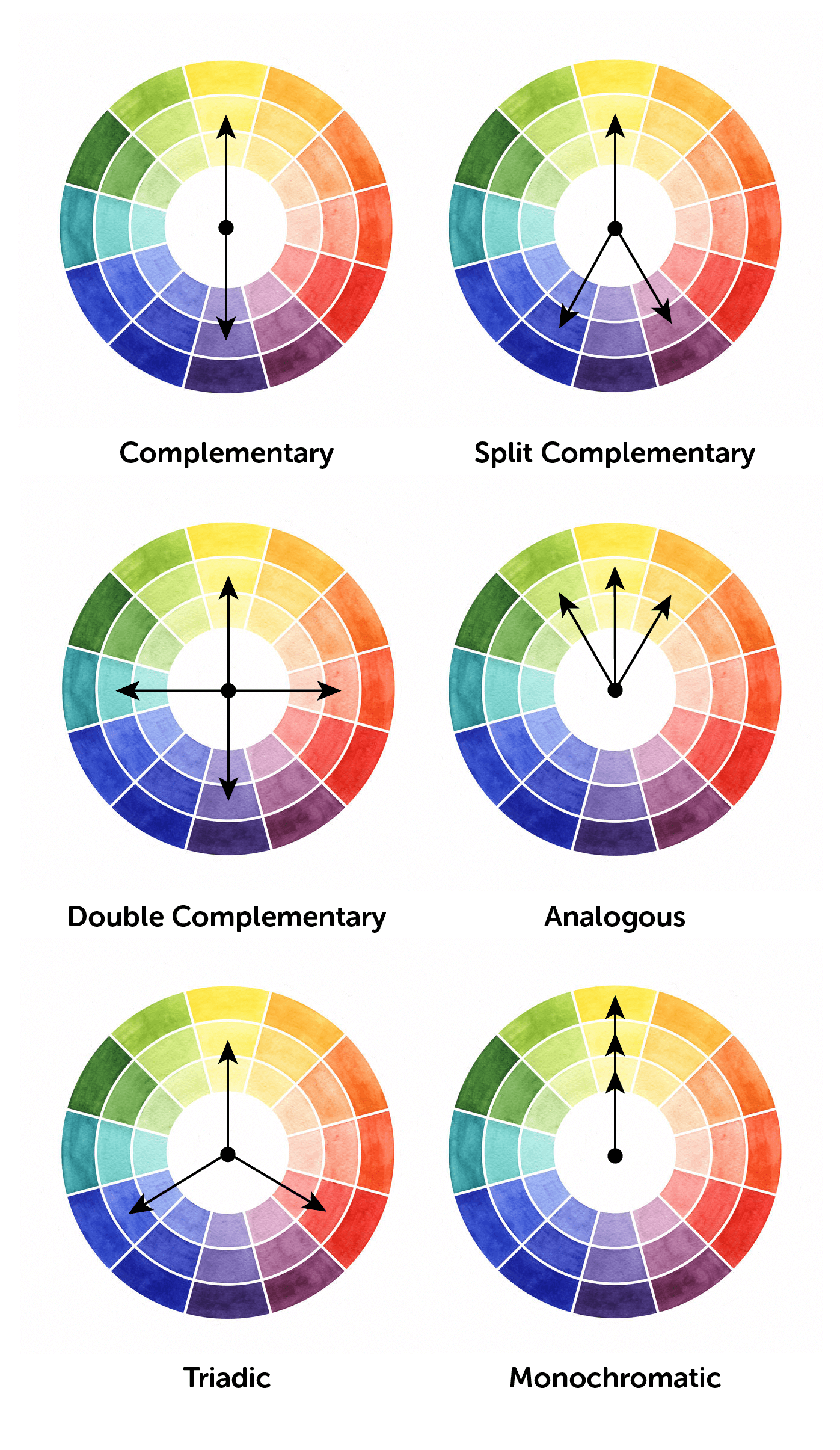



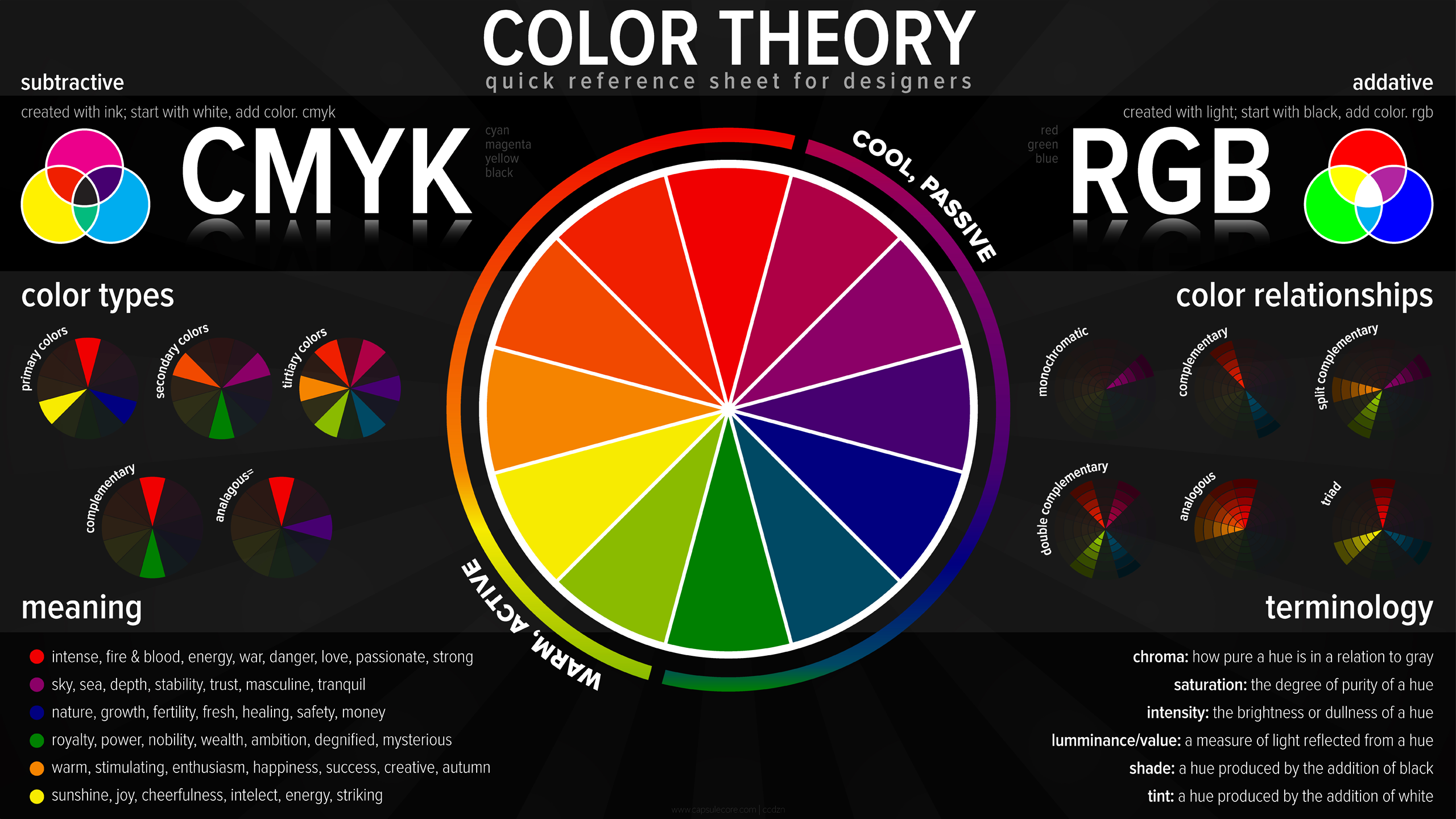

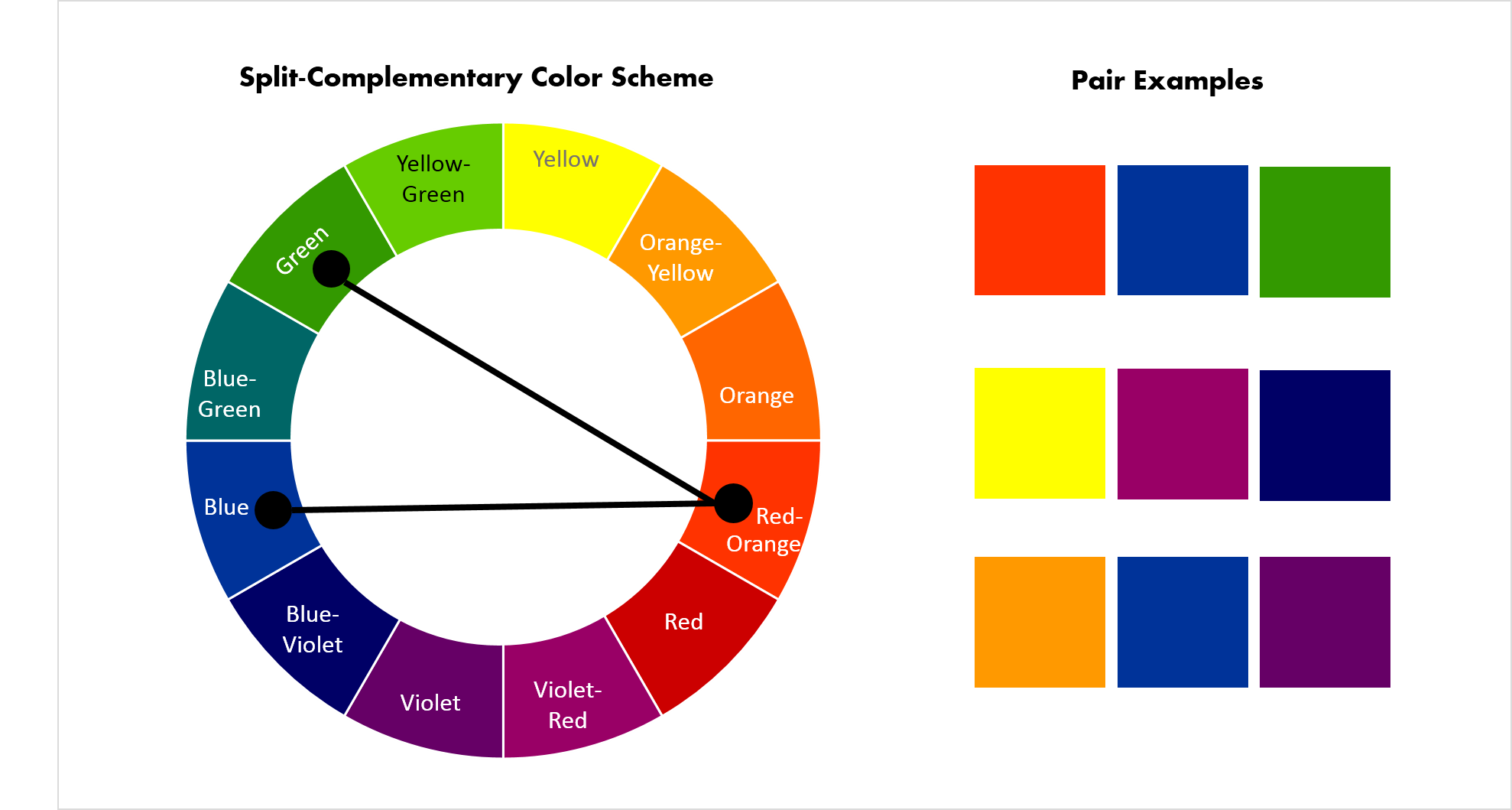

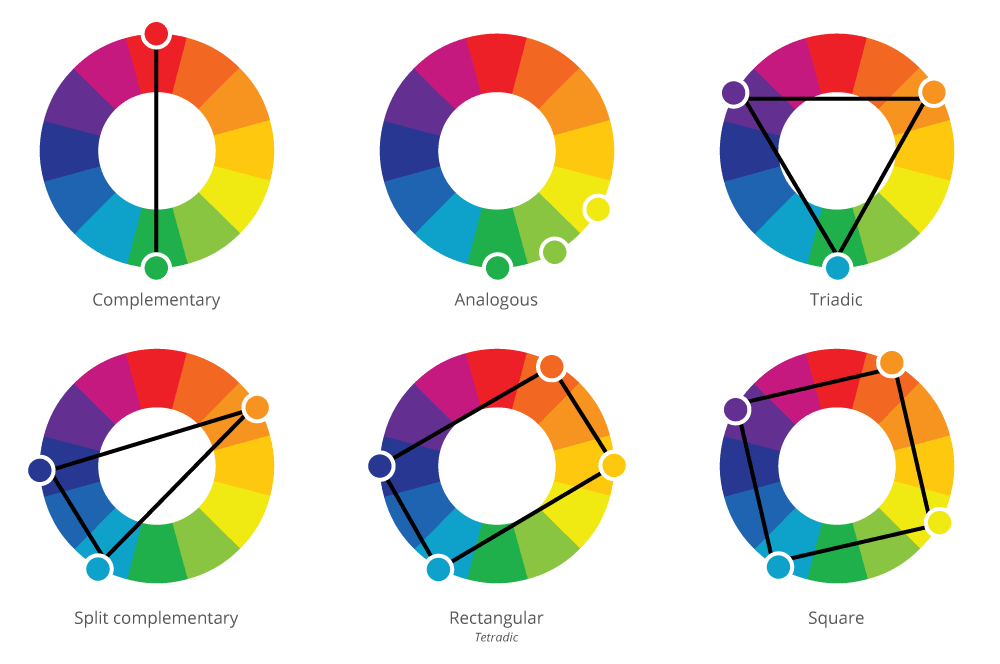
















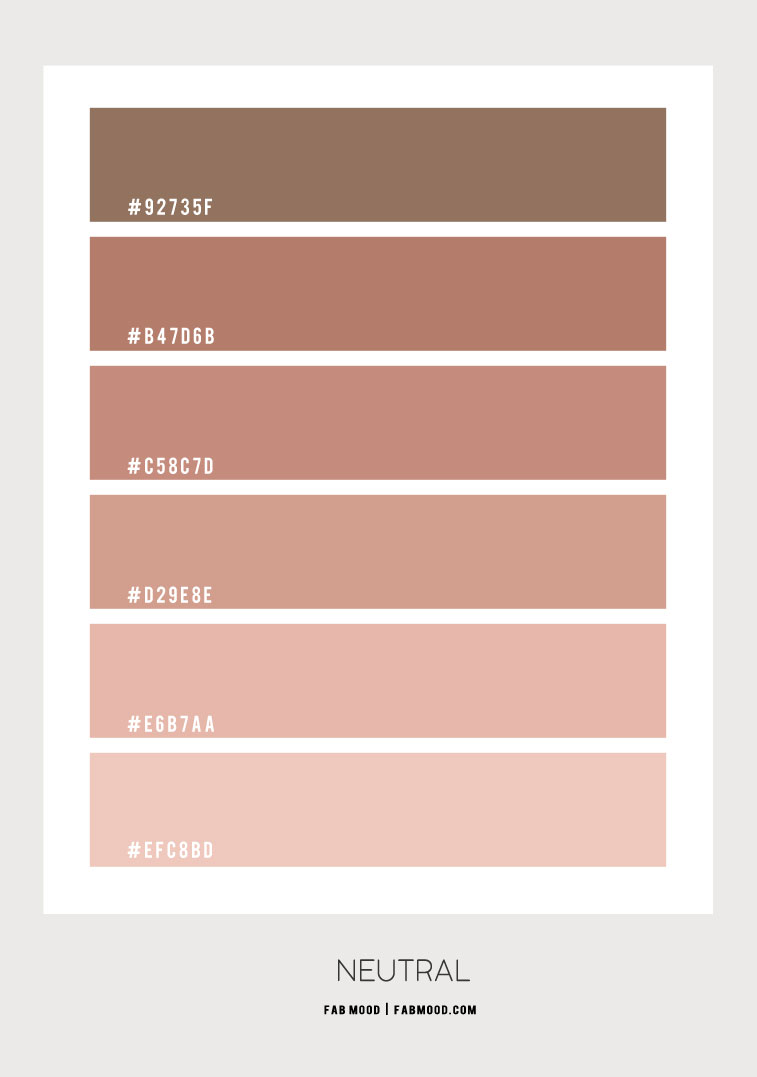

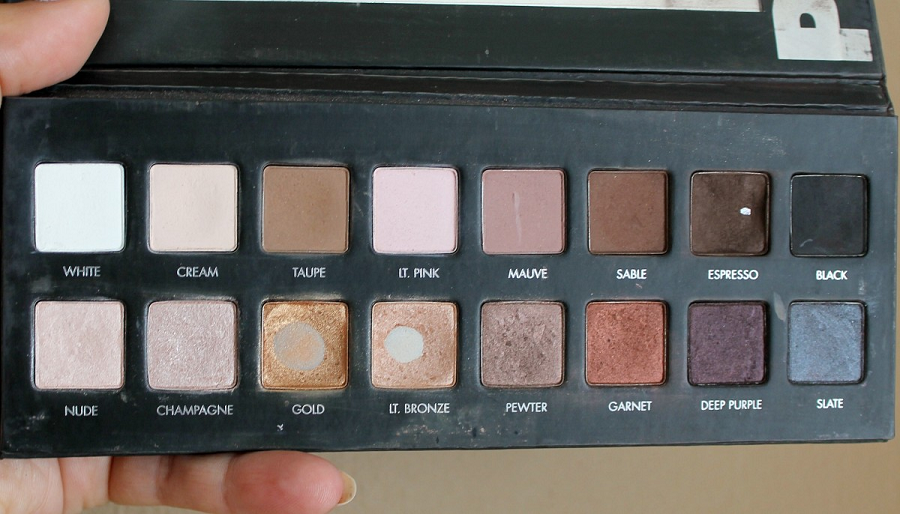


/MyDomaine_ColorPalette-Neutral-2-3590678b1c9143e28dd6b536f0a1e008.jpg)




















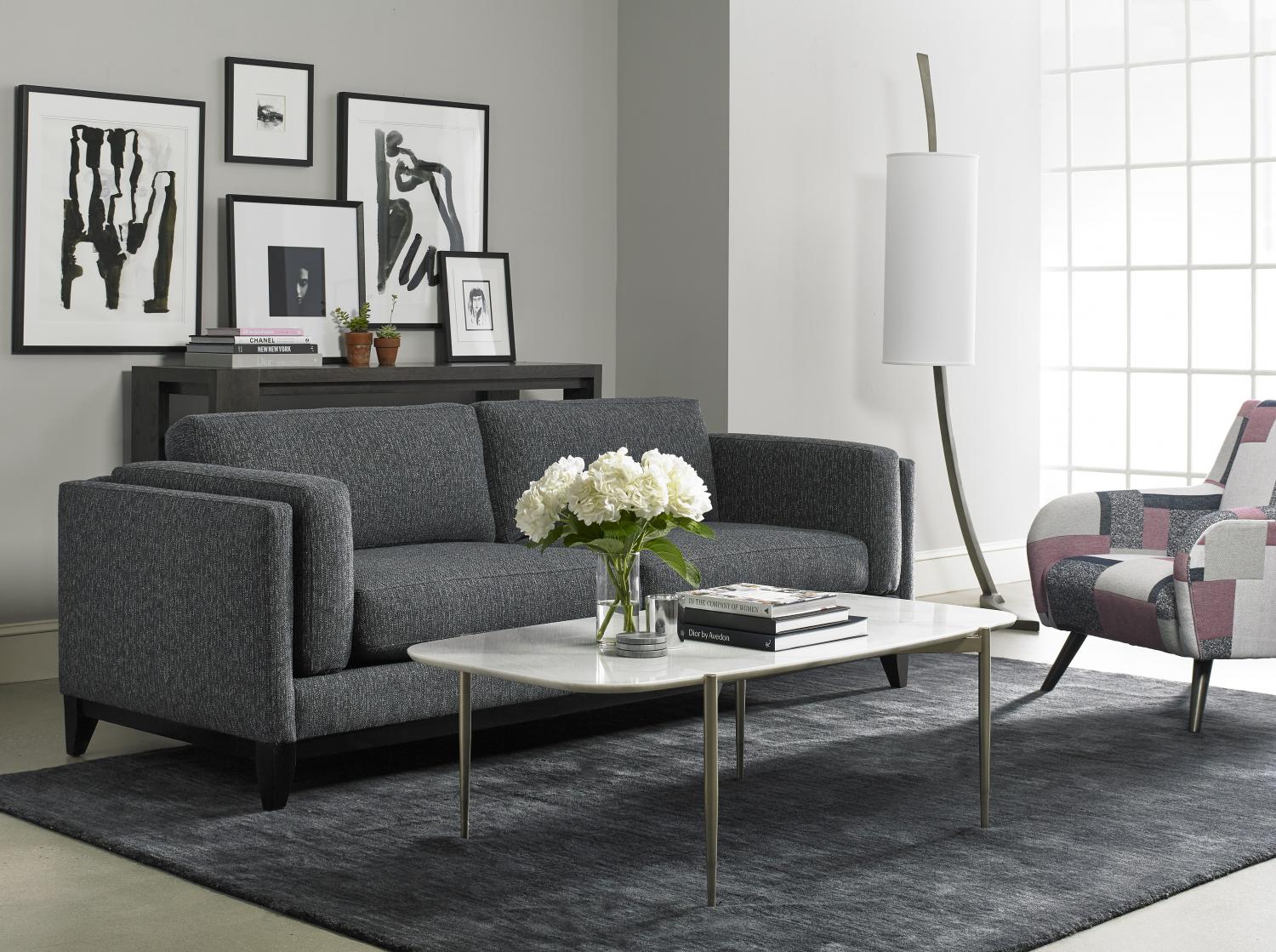

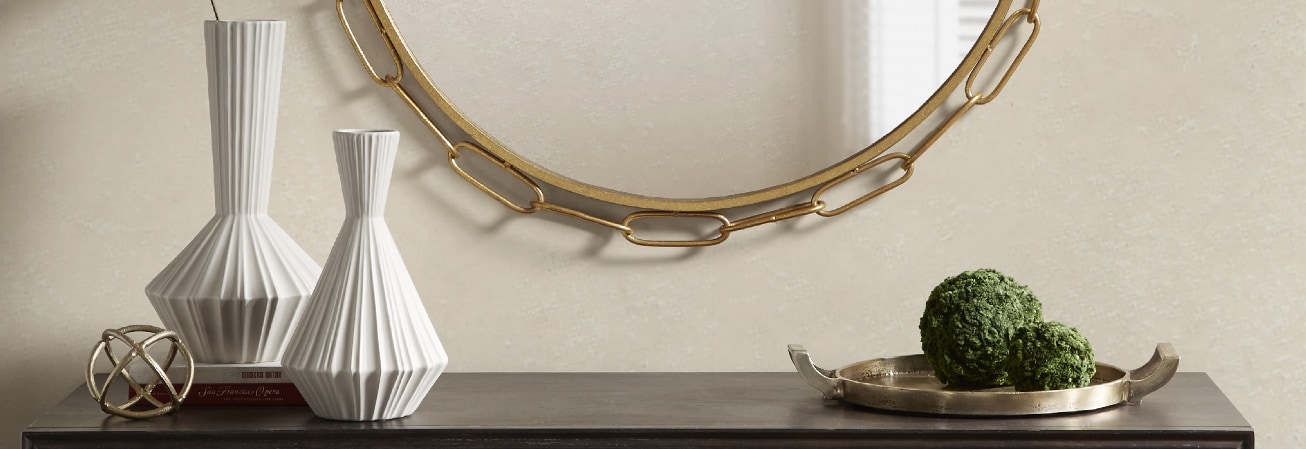

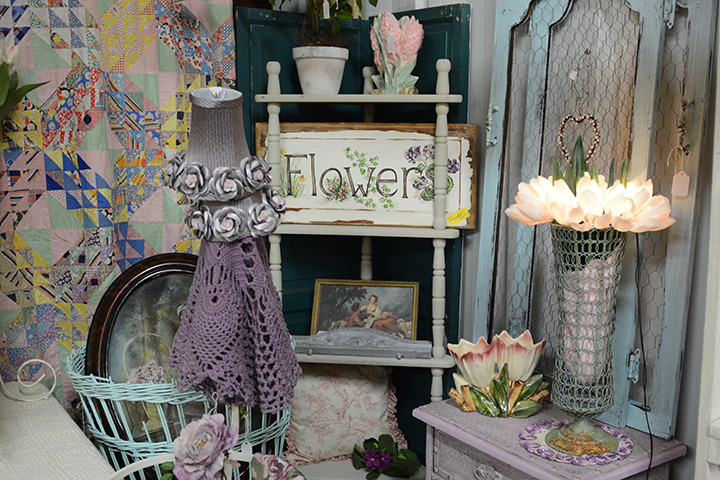












/periodic-table-of-the-elements-and-molecules-582649268-58c6ba813df78c353c76e6c5.jpg)
